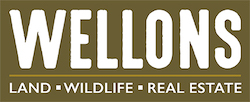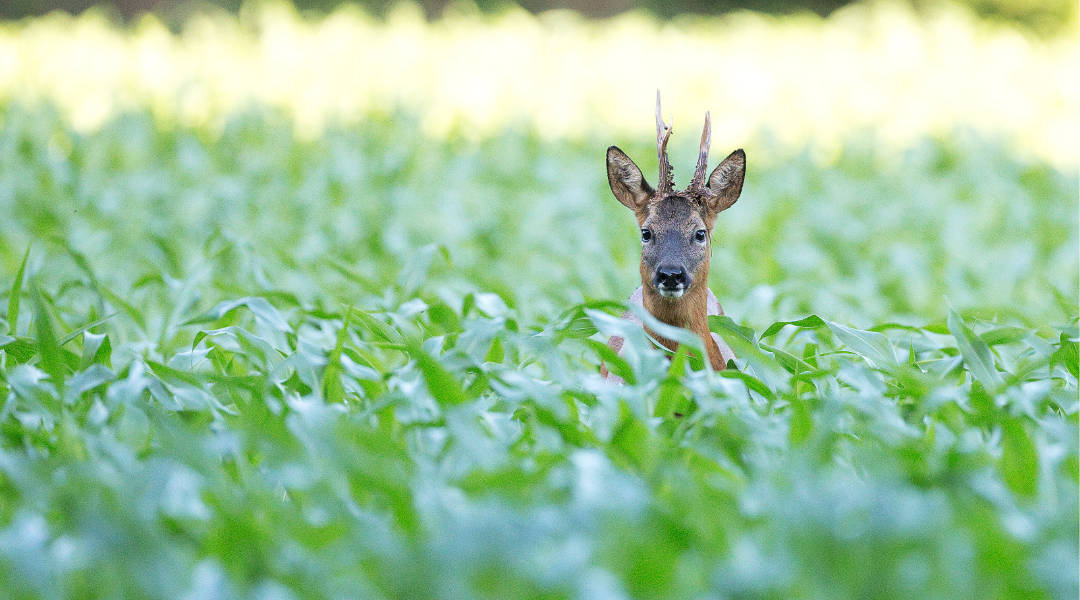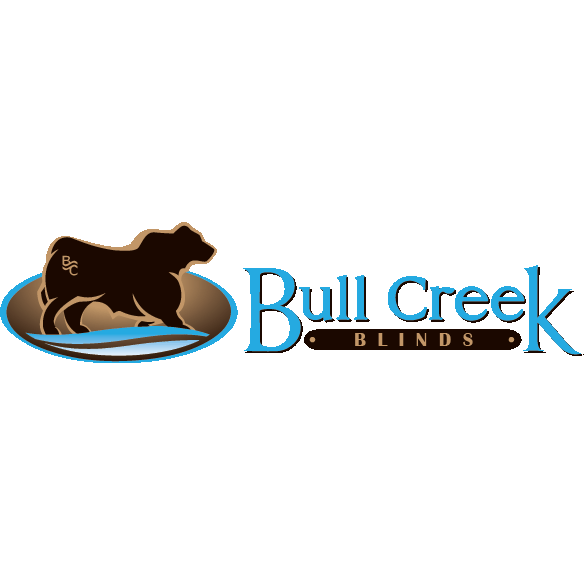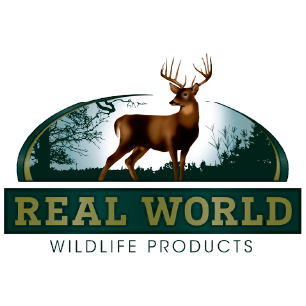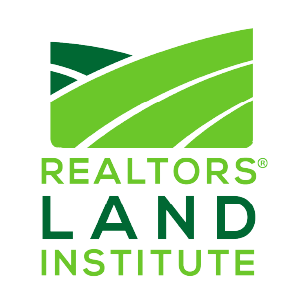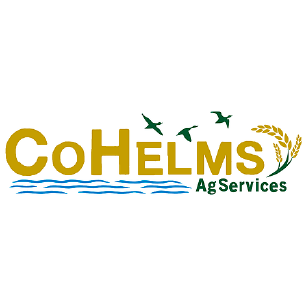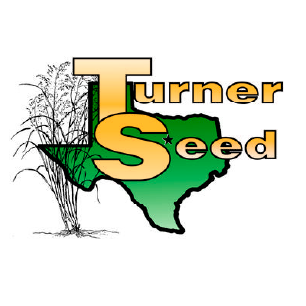Looking to create a food plot on your land? Great idea! A food plot will keep the deer in the area well-fed all year long, and it will increase your chances of bagging that prize-winning buck. Here are five elements you need for a successful plot:
Size & Shape
The ideal size for a food plot is between half an acre and two acres. Any larger than this will result in mature bucks avoiding it, and any smaller will not give the crops a chance to grow. Also, your first thought might be create a square food plot, but it is actually preferable to have one that is long and thin. This shape will lure more deer to the food plot because there will be more edges, which the deer can hang around instead of having to step into an open field.
Sun & Wind
If possible, it is best to select a flat area of land for your food plot. If that is not possible, choose an area that is facing east or northwest. This will ensure that the plot gets the most sunlight in the morning, as opposed to the afternoon, which can be much harsher and wither your crops. Additionally, you will want to take the direction of the wind into account. As you approach your deer stand, the wind should be blowing in your face or at least perpendicular to the deer traffic patterns.
Vegetation in the Food Plot
If you do not have the right vegetation in your food plot, there truly is not much point in creating one at all. You will need to plant a combination of summer annuals (lablab, cowpeas, sorghum, buckwheat, sunflowers), fall and winter annuals (brassicas, cereal grains, kale, and turnips), and perennials (ladino, alfalfa, chicory), to provide food year-round. You will also need to plant tall grasses (switchgrass, Indian, bluestem) to give the deer a feeling of security.
Proximity to Bedding Area
You want your food plot to be relatively close to where the deer sleep, so you should scout the land and create your plot 100-200 yards away from a prime doe bedding area (usually somewhere fairly open with some cedars, pines, and honeysuckle dispersed throughout). If possible, your food plot should also be twice that distance from the more rough areas of the forest, where the bucks bed.
Rough Edges
Having a sharp change from forest to open field can discourage deer from checking out your food plot because it will not feel like a safe, natural area. So, you need to make an effort to roughen up the edges of the food plot to create a smoother transition and make the deer feel more comfortable. To do this, you can hinge-cut some trees around the edges or even gather some deadfall and place it around the edges of the plot. The plot does not need to look picture-perfect; in fact, the more rugged it looks, the better!

